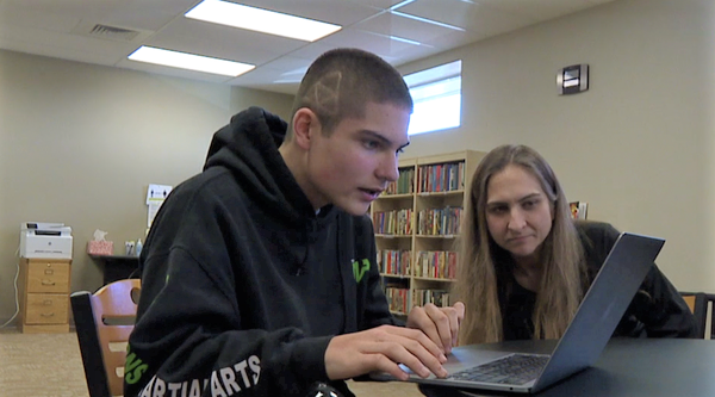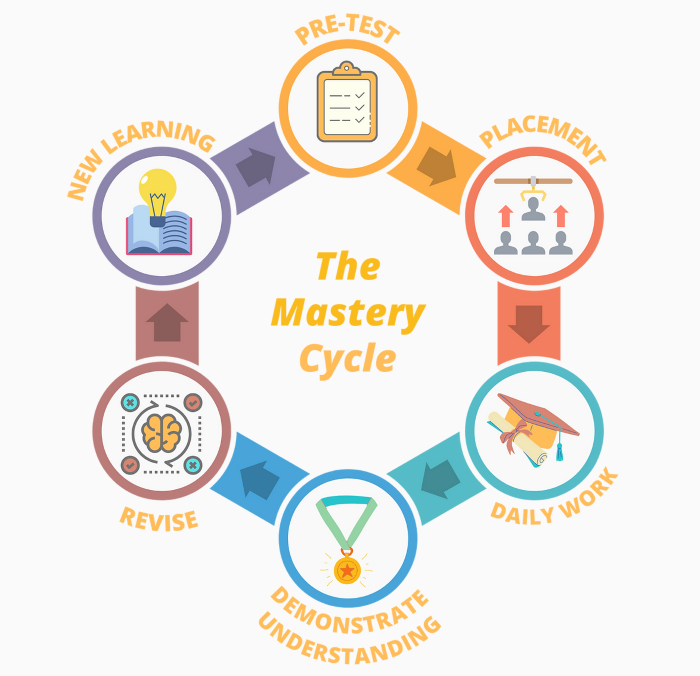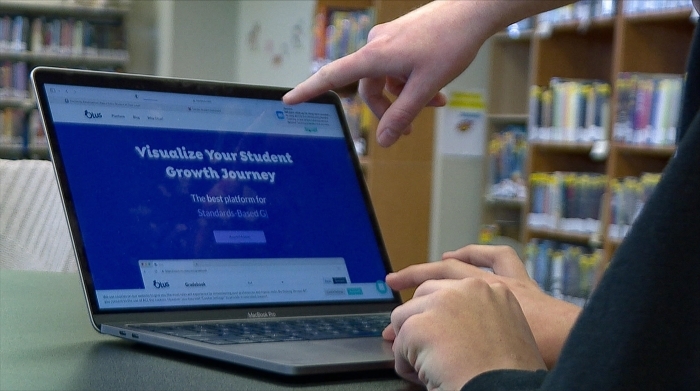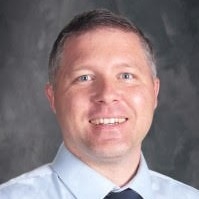Why Schools Need to Change
Mastery Education: The Education Disruption that Prepared Us for Disruption
Topics

Today’s learners face an uncertain present and a rapidly changing future that demand far different skills and knowledge than were needed in the 20th century. We also know so much more about enabling deep, powerful learning than we ever did before. Our collective future depends on how well young people prepare for the challenges and opportunities of 21st-century life.
They didn't know it at the time they started it, but personalized, mastery-based learning prepared this district community for the disruptions brought by the COVID pandemic.
Before COVID started to impact people, a disruption was already underway in many schools. Unknown to us at the time, this disruption would support student learning when COVID disrupted our lives and closed schools at times. What was this disruption? Personalized, mastery-based learning.
Personalized, Mastery-Based Learning in Wilder, Idaho
Since 2016, the personalized and mastery-based ecosystem fostered in Wilder School District #133 (Idaho) has developed in ways that were able to support student learning even through the pandemic. It was back then in 2016 when all schools from the district became Apple ConnectEd schools. Not only did this help the district with up to date technology like iPads for every student, it built the infrastructure for high-speed internet access across the district. The pieces continued to fall into place as the State of Idaho was piloting a mastery-based model and the school board supported the district in utilizing this opportunity to improve student outcomes. Since that time, we have worked to train educators and develop our personalized, mastery-based system district-wide from pre-k through high school graduation.
There are no grade levels in the district, only mastery levels. This means that students are with their age group of peers as a cohort, but they master their learning which allows students to move at their pace through the learning. Instead of staying at the same instructional level, learning the same thing, students have personalized learning pathways that allow them to learn as quickly as they desire and are able. Mastery-based learning is the system that ensures that learning is the constant and time becomes the variable for student learning. It allows students to think outside the box and gives them the flexibility to choose what is important for them during their learning journey. Students are able to develop their talents and goals to be future ready for life and be prepared for disruptions that may come.

Having been the principal at each of the schools in our district, I have seen many wonderful experiences of students walking into school for the first time entering pre-k as well as handing out diplomas to students who have completed their mastery graduation requirements. The story of each student is valued and valuable. Many students, through the mastery-based system, have benefitted from the constant learning instead of the typical seat time required by traditional schools. They have been able to graduate early, earn college credits while in high school, and start internships in their career while earning mastery credits to finish high school.
One such student, Lance (his name has been changed to protect his privacy), came to Wilder after difficulties in a previous school district. In addition to challenges providing his 504 accommodations, Lance experienced difficulties with traditional teaching styles that either left him behind in his learning or bored because he already knew the material and class time had no purpose for him. From the time he arrived at Wilder and walked into the elementary back in 2020 before the pandemic hit, he knew there was something special here for him. Lance’s learning was personalized from that moment on based on his mastery levels. He had the support he needed in the areas that he had struggled in before as well as the ability to succeed in the areas he had already mastered. He brought his interests and desire to learn and coupled those with soft skills from the 16 Habits of Mind that help him persist, strive for accuracy, and think about his thinking.
Mastery-Based Learning during the Pandemic and Beyond
When the pandemic hit Idaho during the spring of 2020, Lance and all of the district’s students took their iPad devices home and started learning remotely. Because they were already trained in mastery-based learning, these students kept right on attending classes reaching for their goals. With mastery learning, students were able to feel the need to connect with the teacher. Their goals were important to them so even when school shut down, we saw that most students desired to continue to learn. By making their own goals in our mastery system, students owned their learning and developed the mindset they needed to continue their learning during the pandemic. It created healthy self-directed learners.
This was true of Lance as well. Within the first year and a half he grew in some content areas by more than two years. He currently has a goal to level up almost a year and a half in his mastery level during the last half of this year. The way he reaches this goal is by figuring out how many standards he needs to master in each of his classes and dividing that by the days he has to learn. He found he would need to master at least one standard per day to reach his goal. Then, on those days that he completes two standards, he is overjoyed and even more motivated to learn. This has happened all during the pandemic which has not slowed him down; instead he is motivated to further his successes.
In 2021 Lance supported the district as we started a virtual school. It was time to take our mastery model and expand it in a way where any student in the state of Idaho could participate. As we developed the Idaho Future Ready Academy for Virtual Learning, many ideas and input came from Lance, the student who was to be the first enrolled in the school. Lance gave suggestions and feedback about the name and the logo design, he reviewed the student handbook, and he was always willing to provide feedback on ways to make the virtual environment more interactive as well as ways to connect with people through activities.

With this kind of involvement in the school’s development, Lance was empowered to use his creative ability to build the learning experience he desired. It was a powerful form of “voice and choice” for a student. And now Lance continues to learn and develop in the personalized mastery-based school that he helped create.
Much of the work of teachers in this model is based on the ideas provided by The Modern Classrooms Project, the Christensen Institute, the Idaho Mastery Education Network, and many more organizations that support mastery learning. Feel free to reach out with questions or thoughts as we continue this disruptive journey into mastery-based learning.
All images courtesy of Idaho Future Ready Academy for Virtual Learning, Wilder School District #133.




